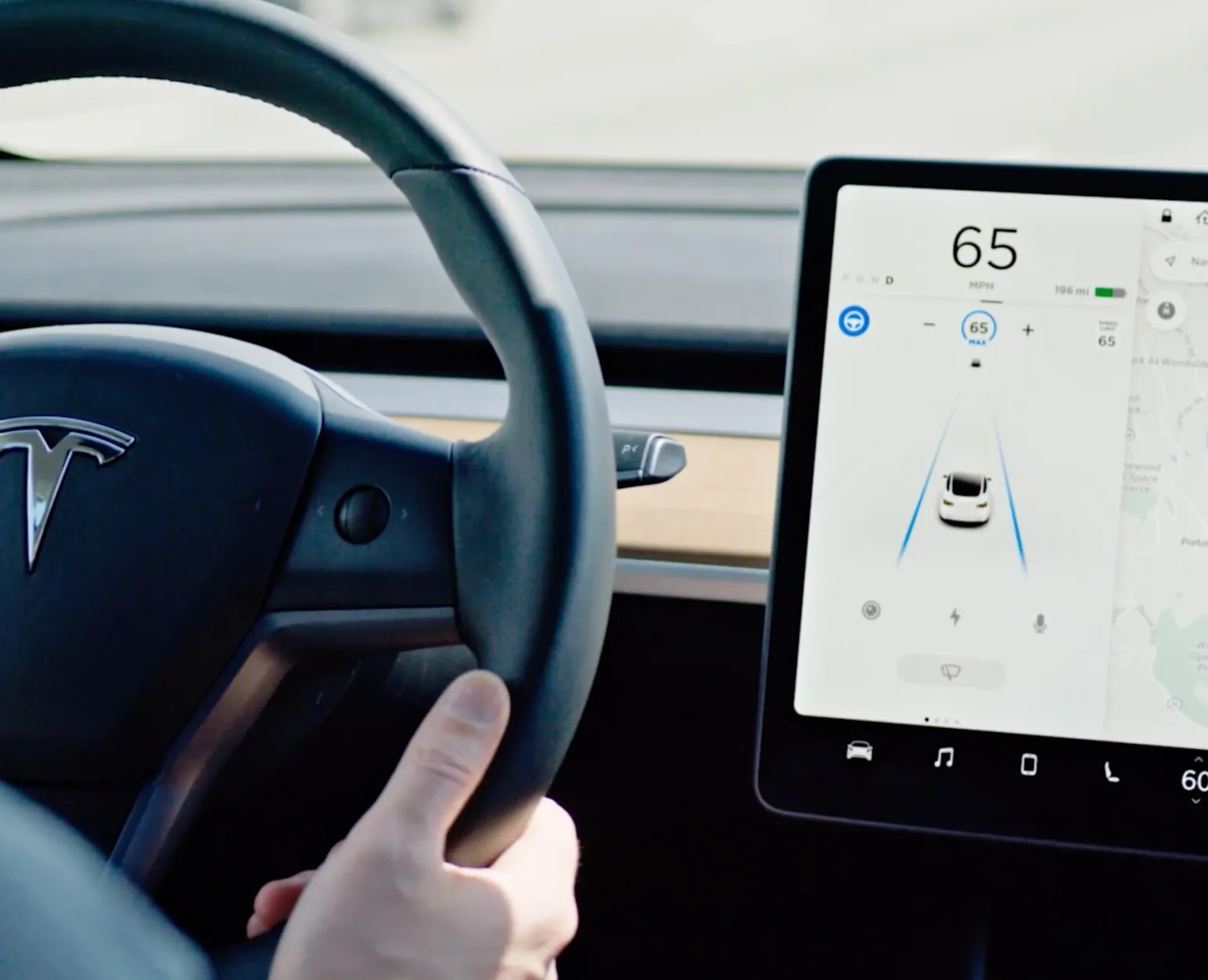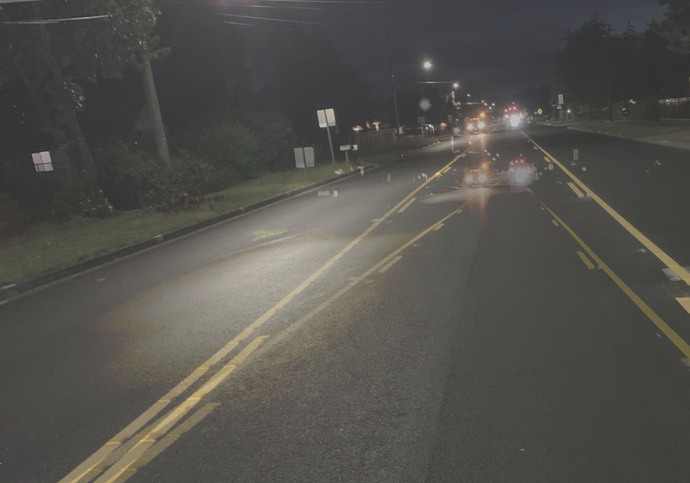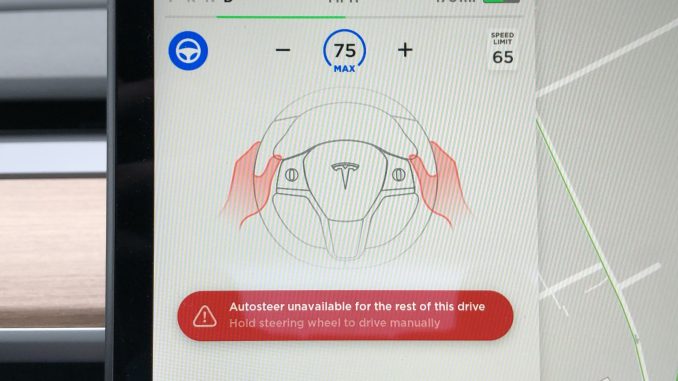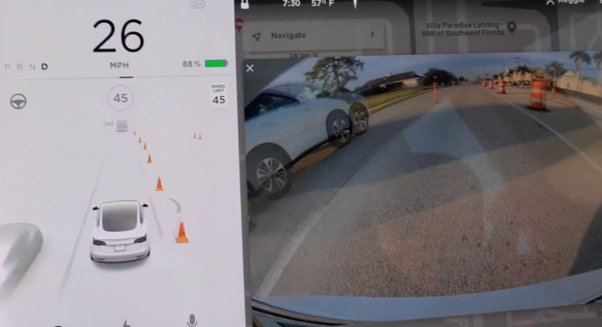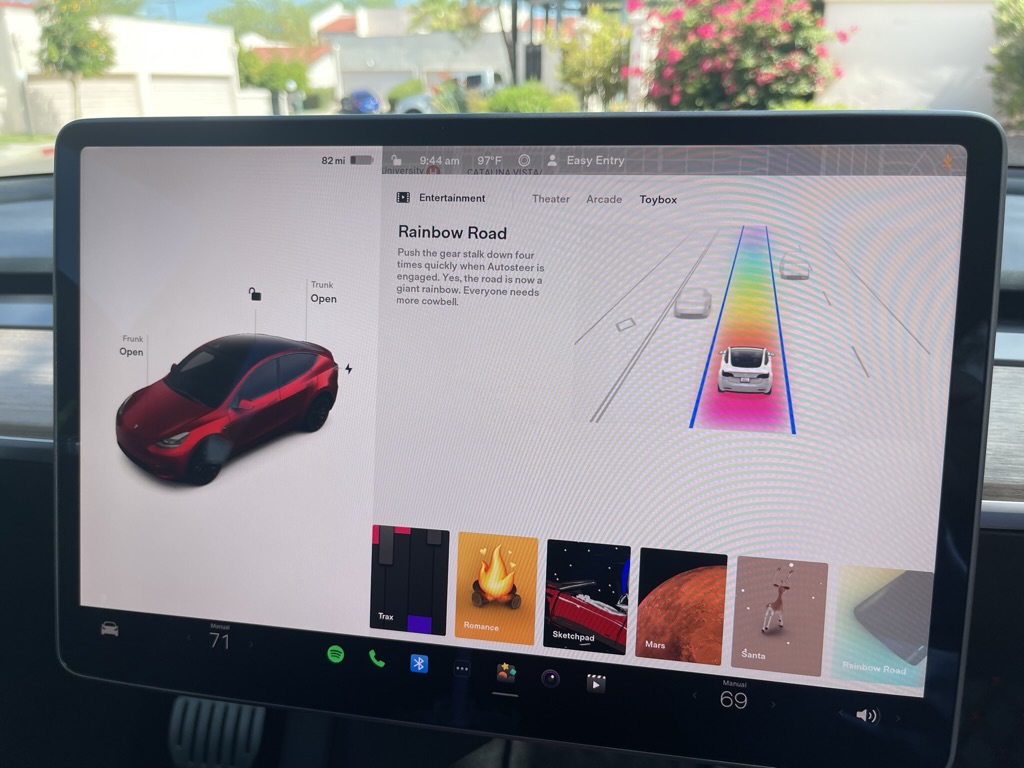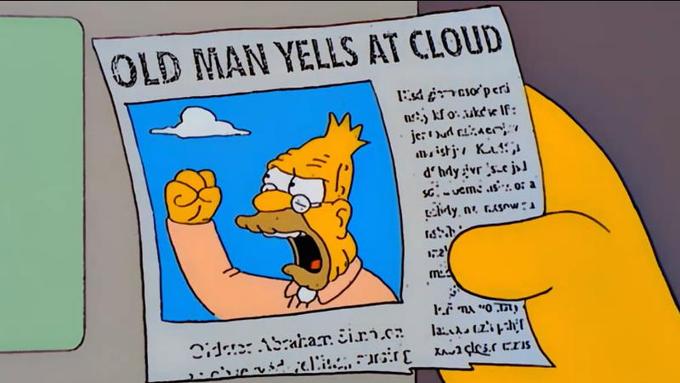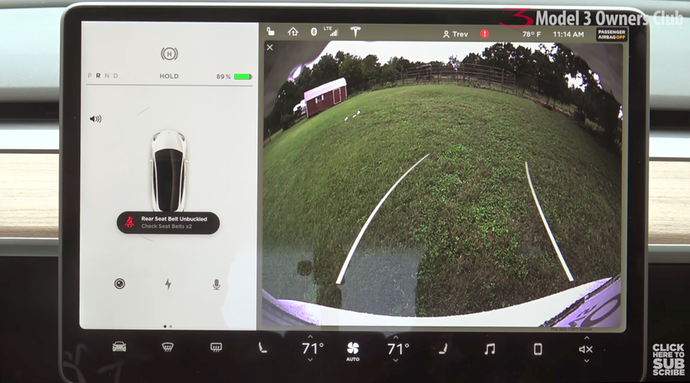I’ve been paying attention to the Tesla ecosystem for years. I got my first ride in a Model S in 2013, and immediately fell in love with the neck-snapping acceleration. I thought seriously about buying one… but the entrance into the front seat required more gymnastics than I liked (I’m 6’4” and the doorway was just too low), so I never pulled the trigger. But I kept watching.
We’ve been partially electric for over a decade, though. We leased a Chevy Volt in 2012, and bought another one when the lease expired in 2015. I love the torque, the silence, and — especially recently — the ability to avoid gas pumps!
Our second Volt is in great shape, but it’s aging. And we happened to visit a friend in Florida who has a Tesla Model Y, and he was approved for the Full Self Driving beta. He gave us a ride, and I was hooked. This is the future, and you can buy it today!
But it’s an expensive purchase, so we wanted to do our due diligence. It turns out there is an “AirBnB for cars” website named Turo… and it has a lot of Teslas for rent. We found a brand-new Model Y with Autosteer (not the beta FSD) and decided to spend a weekend with it.
Paul, the owner, met us in our driveway and gave us a five-minute lesson before riding away with his wife. I’d cheated — I’d watched a couple of hours of videos on the Tesla user interface beforehand. If not, I think I might have been a bit overwhelmed. (I’m really interested in how Hertz is going to educate drivers for their planned fleet of 100,000 Model 3s.) As it was, there was a lot to learn… I’ll try to take this in rough chronological order.
Getting Started
Getting in was a challenge. The exterior door handles require two hands. If you’re carrying something, you have to put it down. It’s nice that they’re aerodynamic, and I understand that the motorized Model S/X handles are a mechanical nightmare… but really? This seems to be a step backwards. Door handles are a solved problem.
Sitting in the driver’s seat, the rear visibility is terrible. Way worse than any other car or SUV I’ve driven. I kept trying different angles on the center mirror, but nope. (And, on an $80,000 car, shouldn’t that mirror be motorized with a memory setting?)
Setting the side mirrors is idiotic. The left hand mirror is straightforward… enter the proper mode, then wiggle the roller switch on the left hand side of the steering wheel. So adjusting the right hand mirror is obvious… wiggle the roller switch on the right hand side of the steering wheel, right? Wrong! You have to switch modes, then keep wiggling the left roller. That’s idiotic.
I did it wrong, and I watched three other people do it wrong. Everyone did it wrong. At a certain point, that’s on Tesla, not on us. This is a software fix, and Tesla should fix it.
Adjusting the steering wheel made horrible crumpling noises in the dashboard. Not inspiring confidence in an $80,000 car. (And something that our Volt and our Hyundai do in complete silence.)
More cabin comfort issues… that glass roof. Gorgeous. Ridiculous in Arizona heat. There needs to be some sort of sunshade to cover it. I am glad I found the setting to automatically run the A/C when the interior gets over 105º, because that’s just mid-morning in an Arizona summer.
And trying to adjust the temperature is stupid. You have to tap on invisible targets to the left or the right of the displayed temperature. There’s also some sort of slider function that I encountered occasionally, but I couldn’t figure out how to access it repeatedly.
Cellphones… Yay for wireless charging! I have an iPhone 12 Pro Max, in the Apple case. It’s just a hair too big to fit in either of the wireless charging stations. A couple of millimeters would help here.
Self Driving… Sometimes
Alright, enough time in the driveway. We quickly got out on city streets and immediately tried yanking the shift lever twice to enable Autosteer. “Not available.” Well, this is a dinky residential street. Let’s turn onto a bigger street. “Not available.” Huh? Another turn, this time onto a six-lane road. Yay! Blue lines appear on the screen, and the car takes over lane-keeping. It handles gentle curves with aplomb. I’m able to change lanes with the turn signal. (A little more abruptly than I’d like, to be honest, but it works.) Kinda creepy, kinda magic. This is fun!
And this is exactly what I want, and why we’re considering buying this car. TMI: I have double vision… “torsional diplopia,” which makes it difficult to drive, particularly at night. This gives you an idea of what I see:
I want a whole bunch of CPU cycles looking out for me, making better decisions than I can, and making me more confident on the road. Maybe this is it?
Here’s comes a traffic light. It’s green. And the car… stops. Tapping the accelerator fires it up again until we get to the next green light. And the car… stops. The display is accurately distinguishing between red and green (and amber) lights, but the logic model seems to be “Traffic signal: STOP.” That’s weird.
I knew that without the FSD beta, this car wouldn’t make turns for me, but I wish it could. As is, the adaptive cruise control and lane-keeping are just a hyperactive version of what we already have on other cars. In fact, it was less helpful than our Hyundai… which will yank the wheel when you’re departing from your lane. The Tesla seems to be all or nothing… either it’s driving (and keeping you perfectly centered in your lane), or it’s NOT driving (and you’re on your own). I was hoping for more assistance and less feigned autonomy.
We experimented with keeping our hands off the wheel, of course… even getting to the point where a klaxon sounds and a big red error message told us that it wasn’t going to play anymore for the remainder of that drive. And, having XY chromosomes, I found some empty roads to floor the accelerator and enjoy the G-forces. Whee!
(Hey, Paul, if you were trying to get your safety score up in order to get approved for the FSD beta… sorry, dude. After three days with us, you’re never getting approved. Oops.)
But we spent most of our time trying to simulate daily drives to the grocery store, to work, to dinner, etc. The adaptive cruise control was essentially flawless in slowing down to avoid hitting cars in front of us. And most of the time, the Model Y did a great job of staying between the lane markers.
Except when it rained.
With rain-slick roads, the cameras apparently just gave up on identifying lane markers, and refused to attempt Autosteer. This is probably the safe choice, but it was certainly disappointing, since rainy weather is dangerous, and a semi-autonomous vehicle ought to make it safer. (I wonder if the Full FSD beta is as cautious?) This seems to be a circumstance where radar would be useful…
I had no reason to expect an “augmented reality” view of the road ahead, but I think I was expecting it anyhow. I drove a Cadillac with infrared night vision twenty years ago, and I’m surprised it wasn’t implemented here. It’s a great use of a heads-up display. (What? There’s no heads-up display in the Tesla? Why the heck not?)
Nearing the end here. Mostly, I felt safe behind the wheel of the Model Y, even with the robot in charge. It doesn’t understand speed bumps… even when clearly marked with pavement paint and roadside signs, the car would dash over them at full speed, which was a bit teeth-jarring until we learned to take it out of Autosteer on streets with speed bumps. (There a lot of those in Tucson.) And traffic circles seem to be outside of the car’s mental model.
I only got genuinely scared twice. Once was approaching a construction site. The cameras accurately identified the orange-and-white construction barriers blocking our lane… and the car completely ignored them. We kept traveling at a steady pace with no warning, no lane change, no “Hey, human, time for you to take over”… nothing. I let it go longer than I was comfortable with, then finally jerked the wheel to avoid the nearest barrier. I honestly think we would have plowed right through them if I hadn’t.
The other scary moment was driving through Gates Pass, west of Tucson. This is a demanding twisty-turny road, and honestly, the car did the right thing by giving up and putting the human in charge. But I kept trying to see if it would build up a good enough mental model to Autosteer. So I kept double-yanking the shift lever. When, all of a sudden, the screen lit up with rainbows, Blue Oyster Cult started playing “Don’t Fear the Reaper,” and Christopher Walken starts asking for “more cowbell”! On the afore-mentioned twisty-turns road with other cars following close behind, this was absolutely terrifying, and I’m glad there was enough shoulder that I could pull off and do something, anything, to make it shut up.
(Elon? Easter eggs are cool, but not when they’re safety hazards.)
That makes this as good a place as any to voice one of my most serious complaints about the car. Everything happens on the touchscreen. Everything. Which is exactly where I should not be looking when driving the car. The Model Y exacts a high cognitive load from the driver… possibly too high for most people. There are innumerable messages, bells, all alerts, all the time. But there is almost no use of voice synthesis… everything is displayed as text messages on the lower left corner of the screen, where I can’t see it without moving my head and taking my eyes off the road.
And… Elon? You’re going to need bifocals someday. For those of us who already wear them, this UX is horrible. You flash up a two-line message for a couple of seconds. By the time I look away from the road, find the sweet spot in my progressive bifocals to focus on the message, and read the first line… it has disappeared. With no way to get it back. I have no idea what any of the second-line messages said. I hope they weren’t important. The print is way too small, the contrast is way too low, the timing is way too fast, and the location of the messages is way too far from the road.
All that can be fixed in software. Please consider skipping the next fart button, and create a “Geezer Mode” for those of us old enough to have earned enough money to buy this car. It seems to be optimized for young people with perfect vision. That’s not me.
Final Observations
I understand why Tesla doesn’t want to implement Apple CarPlay (or Android Auto). They see their infotainment system as a competitive advantage, and I suppose it is. But after having CarPlay for a year, I can’t imagine buying a car without it. There should at least be a sandboxed option to make it available.
Parking in our garage was difficult. It’s narrow and cluttered, and the Tesla’s cameras and ultrasonic sensors got confused. It’d be nice to have a quick “shut up” button to eliminate all the warnings from all directions.
And the onscreen rear camera assistance didn’t help much. Our other cars have detailed graphics overlays showing where you are and where you’re going. The Tesla’s two white lines are rudimentary by comparison.
Tesla’s backup camera.
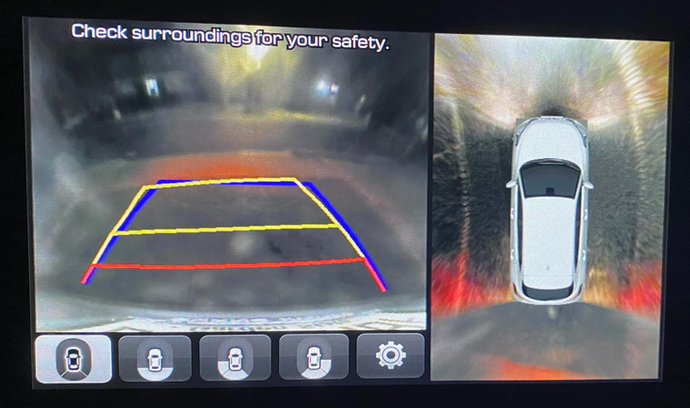
Hyundai’s backup camera
We also tried the Summon function, but it didn’t work at all, because we have a slight slope coming out of our garage. (It worked fine in a local parking lot.)
Charging: We have a Level 2 charger in our garage with the universal J1772 plug. Which fits absolutely everything on the road except for Teslas. Yes, there is an adapter cable. No, Paul didn’t pack it in our rental. And there aren’t any Superchargers anywhere near our neighborhood. (Nearest one is seven miles; there are only three in the metro area.) So we wound up charging at 110 volts, 12 amps… which means we added 50 miles of range in about 10 hours. Ouch.
And finally, what I assume is a problem with any EV, not just Tesla: With one-pedal driving, you almost never touch the brake pedal. You lift your foot and regenerative braking starts charging the battery, while slowing the vehicle down. But the brake lights don’t come on! Someone driving behind you — especially a partially-attentive human — doesn’t notice that you’re decelerating.
I don’t know the right answer here. Illuminating the brake light without a foot on the brake would be simple, but confusing. How would you distinguish when the driver really does apply the brake? Flashing just the center-mounted brake light could indicate “decelerating but not braking” but, again, confusing until people get used to it. Adding another set of lights — orange, not red? — to indicate “decelerating but not braking” would make sense, but is probably illegal under NHTSA regulations. But we probably should do something… or we’re going to see a lot of rear-ended Teslas.
[Edit: I am reliably informed that the Model Y, and other makes of electric cars, do indeed illuminate the brake lights when decelerating. That may not be a complete solution, but at least they’re doing something.]
Conclusion
I was really psyched about the Model Y. Two years ago, the Wall Street Journal called it “the world’s best car“:
Everything else in this category—Mercedes-Benz GLC 300, Range Rover Evoque, Jaguar F-Pace, Porsche Macan—feels like a sluggish, sloppy antique, a squawking modem trying to connect to the cloud.
And they might be right.
Before renting the vehicle, I had gone through the Tesla website, and had set up an order for the vehicle I wanted: Model Y, white exterior, white interior, all the toys. After three days with Paul’s Tesla… I didn’t pull the trigger.
Maybe I’ll reconsider a Tesla in a year or so, once Full Self Driving is smarter and more available. Maybe I’ll buy a Cadillac with SuperCruise, and enjoy the increased safety performance of radar, even if it only works on highways. Maybe I’ll wait until Ford adds LIDAR and self-driving to the Mach-E. Maybe I’ll wait for what I really want, which is a totally self-driving Winnebago. Maybe I’ll just pay for a whole bunch of Lyft rides.
I’m glad I got to spend a weekend with a Model Y, and it’s a really nice vehicle. Just not right for me, right now.


